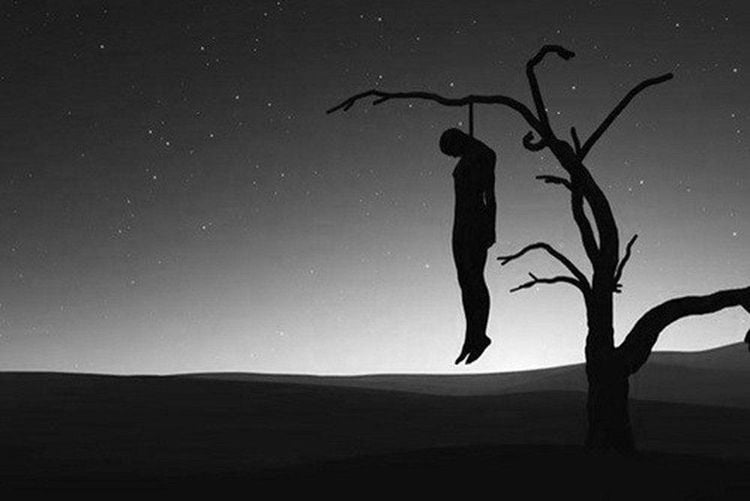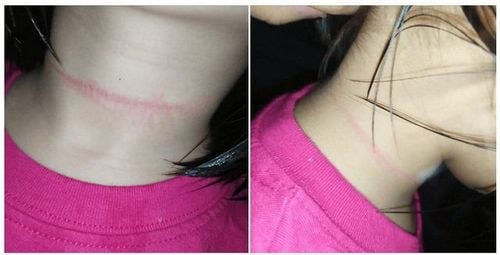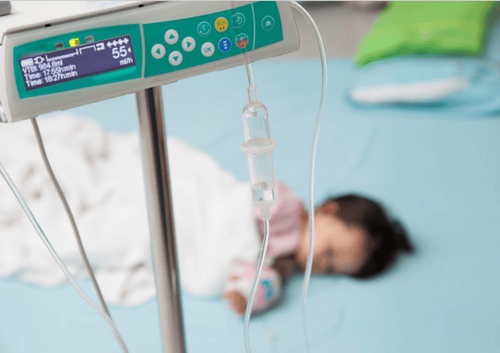This is an automatically translated article.
Articles written by Master. Doctor. Pham Duc Luong - Emergency Department, Vinmec Times City International General Hospital.
Hanging suffocation is injury caused by the victim's neck being compressed by the rope with the weight of the victim's own body weight.
1. Causes of hanging
Can be encountered in the following cases:
Suicide : Hanging suicide is the intentional act of suicide by hanging yourself on a rope noose and hanging from a high point and the noose tightens due to the weight of the victim. Hanging is often considered a simple method of suicide that does not require complicated techniques. Thus, it is one of the most commonly used suicide methods because the necessary materials are readily available and difficult to block. Furthermore, the mortality rate is high (up to 70% of cases). The act of hanging by suicide is divided into hanging and, more rarely, hanging and rope breaking and falling. Self-hanging can end up killing the suicidal person in a variety of ways. Survivors of a broken sling or being discovered and severed can face a range of serious injuries, including cerebral ischemia (which can lead to permanent brain damage), broken rods, and strangulation. trachea, cervical spine fracture, clavicle fracture, pharyngeal laceration, and carotid artery injury. Accident: Rare. Sometimes, hanging or strangling can happen accidentally, for example, by tie or clothes getting caught in the machine Murder : Very rare Execution : Only in a few countries
2. Types of hangings
Hanging completely. Incomplete hanging (legs or part of the body touching the ground): Hanging upright. Hang kneeling. Hang sit. Hanging lying.

3. Stages of death by hanging
Irritation phase: Neck pain, ringing in the ears, dizziness, bouncing eyes, unconsciousness. Seizure phase: After 1-2 minutes, convulsions in the face, arms, and legs. May leave an injury mark on the convex part of the body or may break the sling. The final stage: The victim is breathing weakly, the heart is broken, and the victim dies. May be accompanied by signs of circular muscle relaxation.
4. Mechanism of death by hanging
To find out why hanging can be fatal in any position, keep a few points in mind:
The sling presses and pulls on the neck area creating complex and coordinated effects. There are 3 main factors causing death for victims: Compression of blood vessels in the neck, airways and nerves in the neck. * Compression of blood vessels in the neck: Obstructing blood flow to the brain and returning, causing the earliest disturbance: sudden cerebral ischemia causing sudden fainting.
* Compression of nerves in the neck: Carotid sinus, 10th nerve, cervical sympathetic ganglia are located along the original carotid artery.
* Compression of the airways: Usually behind the compression of the circulatory tract, impact on the pharynx (push the tongue stalk into the back wall of the throat causing suffocation).
5. Signs to identify hanging patients
There is a tight cord around the neck. Marks around the victim's neck (redness, bruises...) where the belt was removed. Reduced consciousness or unconsciousness Blue-gray (cyanotic) skin Fast, slow, irregular, or stopped breathing. Varicose veins of the neck, facial edema. Petal spots – small red dots on the face or whites of the eyes

6. Priorities when giving first aid to patients
Restore adequate respiration. Arrange for prompt transportation of the patient to the hospital.
7. Steps to handle hanging victims?
Secure the scene and immediately remove the lanyard around the victim's neck. If the casualty is hanging, raise the casualty to relieve the tightness of the rope on the victim's neck while removing or cutting the sling. Care should be taken to avoid injury to the supporter and the victim because at this time the victim is very serious if they lose consciousness. Call or have someone else call 911 or emergency medical services. Place the casualty on the floor. Check breathing and pulse. If cardiac arrest, perform chest compressions and CPR immediately. If breathing stops without cardiac arrest, just give artificial respiration. If there is no cardiac arrest and breathing, place in a safe side position and monitor vital signs (consciousness, breathing, pulse) until professional paramedics arrive.
8. Some notes when giving first aid to a hanged victim
Victims are always at high risk of cervical spine injury, so avoid moving the victim unnecessarily. Try to keep the scene as intact as possible. Do not reposition or destroy any item, such as a knotted cord. The police may need them as evidence. If you have a need for consultation and examination at Vinmec Hospitals under the national health system, please book an appointment on the website (vinmec.com) for service.
Please dial HOTLINE for more information or register for an appointment HERE. Download MyVinmec app to make appointments faster and to manage your bookings easily.














